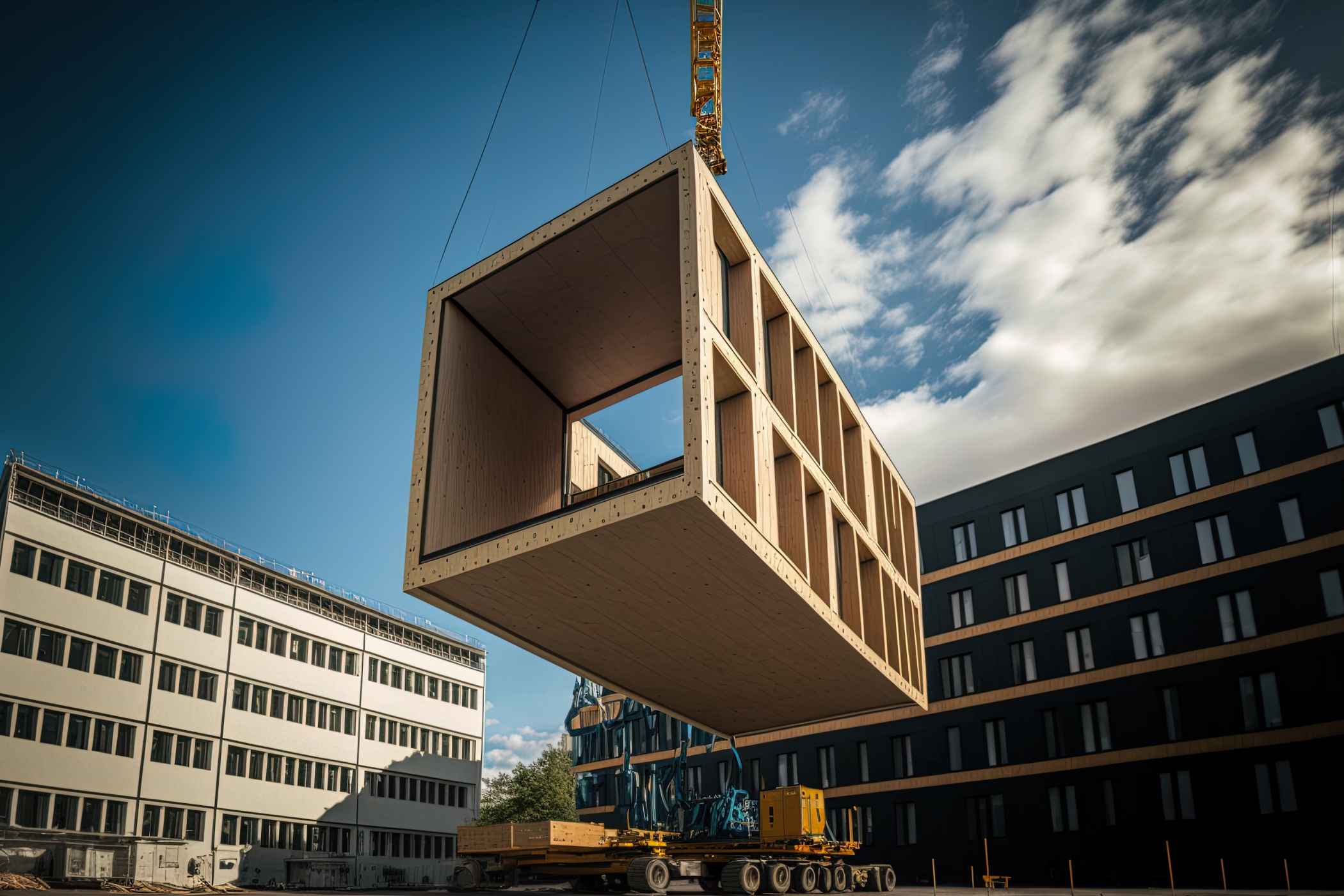The Power of Innovation…Let’s not forget what Modular Construction can do
Just a handful of innovations have changed our lives for the better: from the clunky beginnings of the Spinning Jenny more than three hundred years ago, producing finished cotton a hundred and twenty times faster than ever before, through to radio technologies, television, and high powered computers, sitting comfortably on our laps: all our lives are made richer and easier because of them…and many more innovations besides (although it might be nicer if television strayed a little further occasionally from Love Island). And now, these life-changing technologies are being delivered faster than ever in a blizzard of (mostly) social media announcements. But some arrive more slowly, even though they’re just as important as television and laptop computers… and they’re also calibrated more closely to our daily lives.
Modular Construction is one of them…and it’s had a slower gestation than most.
An Idea Out of Time
Modular Construction has been around for at least two thousand years (when Roman Legions carried their homes on their backs during the campaign). Still, it kicked off when Sears Roebuck introduced their “House in a Box” concept in 1908: Americans looking for a home on the Prairie (or anywhere else for that matter) could place an order from one of four hundred plans, and the parts would arrive by rail (in a box) two months later, ready for assembly on their chosen plot of earth. Veterans coming home from the Great War could finally realise their ambitions for a fraction of the cost asked by traditional construction companies. African Americans, too, escaping from the cruel constraints of the Jim Crow Laws, could settle in a place of their own. All of them benefitted from the vast potential of Modular Construction… and by 1940 (just twenty-two years later), 75,000 US citizens had found their little corner of the earth, thanks largely to the House in a Box.
Between 1947 and 1951, Levitt Homes (another US modular construction company) produced twelve new homes a day for returning Veterans (this time the Second World War) at the cost of $7,000, which is just over $80,000 in today’s money. So, something was going right…
But then click forward fifty years, and we’re still facing an unprecedented level of homelessness worldwide: 150 Million of our fellow citizens have no home to call their own, with little or no access to clean water and sanitation (www.make-the-shift.org/homelessnessaction). And, fundamentally, that’s because we haven’t learned the lessons of the past, which is a shocking indictment of our failure to properly understand the crucial importance of technological innovation. We’ve forgotten how to respond adequately to the demands of those in housing need …despite having learned it first more than a hundred years ago (and more). So, in short, this is Modular’s moment again, more than a hundred years after Sears Roebuck first entered the stage left with their crates of walls and shingles…
Delivering Faster and Better
According to McKinsey’s seminal report on the subject (www.mckinsey.com) Modular Construction can now reduce construction timelines by as much as 50% and deliver bottom-line cost savings of up to 20%, compared with traditional dinosaur construction technologies. Just think about that for a moment: across the globe, we could produce 50% more homes worldwide if we shifted once again to modular construction technologies. The homeless could be home again, safe and secure… just like the rest of us.
Isn’t that something worth working for?… Innovation can only make a real difference when we truly believe in it.
Executive Overview
There’s nothing new under the sun: but if we won’t learn the lessons of the past, we’re bound to repeat them.








.jpg)
Leave a Reply